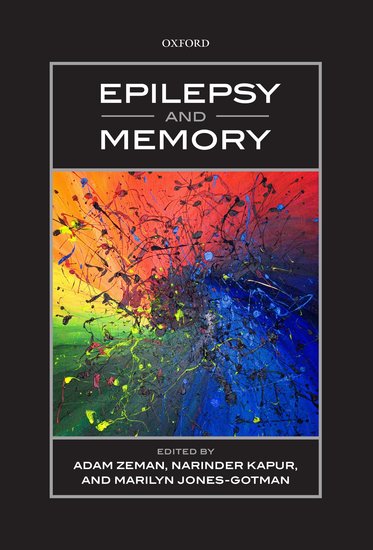Hearing complaints of memory problems is a familiar experience for most if not all clinicians having any dealings with epilepsy patients. It is well recognised that such memory difficulties are heterogeneous, ranging from subjective to objective, and multifactorial in origin – related to underlying brain lesions causing the epilepsy, frequency of seizures, antiepileptic drug therapy, concurrent mood disorder, or any combination thereof. This fascinating volume seeks to review what is known about the interrelationships of memory and epilepsy, summarising both clinical and laboratory studies.
That research on patients with epilepsy has contributed to knowledge of the neural basis of memory and temporolimbic models of memory function cannot be denied. The critical importance of epileptic patient HM (Henry Gustav Molaison, 1926-2008) and the studies of Brenda Milner (summarised in Chapter 2) cannot be overstated.
Considering brain lesions, the loss of hippocampal functional integrity in medial temporal lobe epilepsy may account for the retention deficits found in this condition (Chapter 4) but findings of lateralized material-specificity (verbal-dominant, nonverbal-nondominant) have proven inconsistent, perhaps in part because ‘nonverbal tests’ may not be entirely nonverbal (Chapter 10).
The role of seizures per se is addressed by the study of transient epileptic amnesia (Chapter 8) which, despite its rarity (vis-a-vis transient global amnesia) has afforded some insights, including the phenomenon of accelerated long-term forgetting (surely, intuited by anybody who has ever crammed for an exam). Whether epileptiform EEG changes are also detrimental to memory function (‘transient cognitive impairments’) remains uncertain, in part because of the difficulty of distinguishing such events from subtle nonconvulsive seizures (Chapter 9).
Antiepileptic drugs (AEDs) are often blamed for memory problems, with justification in the case of older, sedating, medications. The newer AEDs largely escape culpability, with the exception of topiramate and possibly zonisamide, although not all new drugs have been submitted to rigorous study (Chapter 23).
Psychiatric factors, particularly co-morbid psychosis or depression may play a role in epilepsy-related memory problems and impact on performance in neuropsychological test performance (Chapter 15).
The editors have achieved their aims with this book (as perhaps might be expected considering a gestation period of some six years): it is well-produced, and handsomely illustrated with paintings and drawings by artists who have epilepsy. My only criticism is the absence of any extended analysis of epileptic seizures in Alzheimer’s disease, a subject of current interest and possible relevance in understanding mechanisms of concurrent memory impairment and epilepsy.

